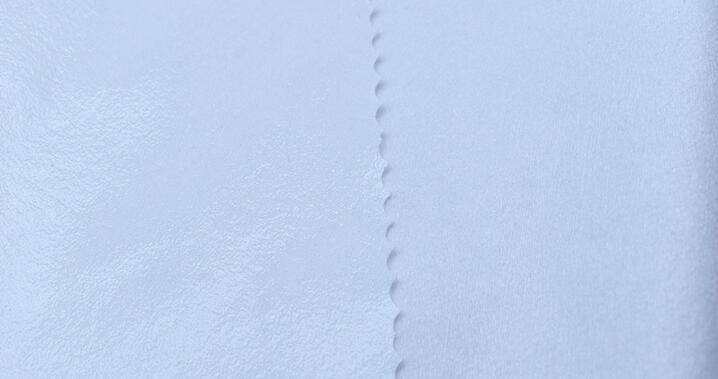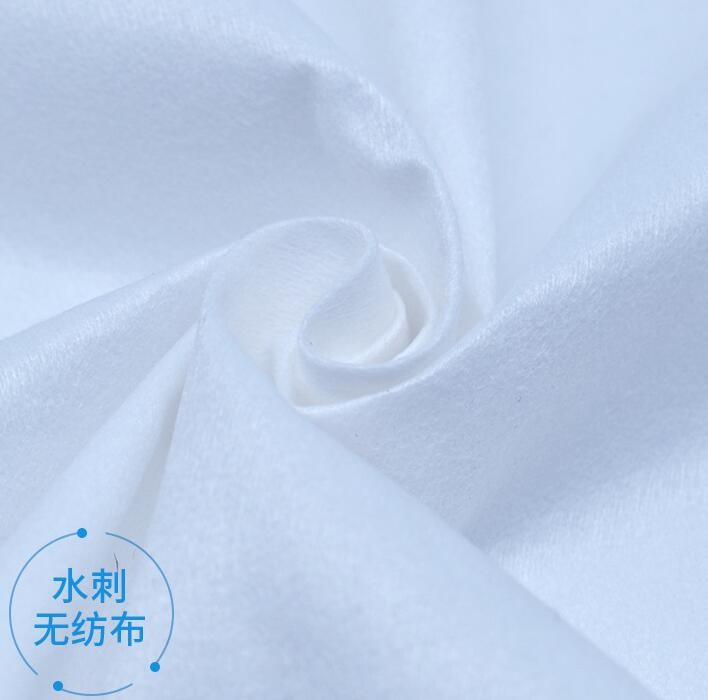Spunlace non woven products have the characteristics of soft touch, good moisture absorption, good air permeability and so on. They are widely used in medical and health products such as masks and sanitary napkins. These products have very strict sanitary requirements for spunlace non woven fabric, so microbial pollution must be avoided.
The raw materials used by spunlace non woven include fibers, auxiliary materials and machine materials. The fibers include polyester fibers, viscose fibers, bamboo fibers and corn fibers. The auxiliary materials include paper tubes, cardboard, woven bags and winding films. The machine materials are composed of butter and engine oil.
Influencing factors: the microorganisms of raw materials and auxiliary materials exceed the standard; Improper transportation and storage of raw materials cause secondary pollution; Long storage time leads to microbial breeding; The external surface is not wiped clean, polluting the fiber; Put into use in the workshop without complete disinfection in the temporary storage room.
Preventive measures: raw materials and auxiliary materials should have corresponding anti fouling measures before use. The surface should be clean and disinfected by ultraviolet irradiation. Auxiliary materials directly in contact with Spunlaced cloth need to be non-toxic, harmless and pollution-free; Raw materials and auxiliary materials with special requirements should be marked with storage conditions and shelf life. The microorganisms of raw materials and auxiliary materials after ultraviolet disinfection were tested, and it was found that all microorganisms could not be destroyed by ultraviolet irradiation sterilization alone, and sterility could be achieved only by high-temperature sterilization in a dryer.

Process water is an indispensable auxiliary material for the production of spunlace non woven. Because the water consumption is relatively large and recycled, microorganisms are easy to breed in the water.
Influencing factors: fiber debris falls into water to form sludge; The circulating water deteriorates and stinks after long-term recycling; The turbidity of water is high, and the microorganisms in water exceed the standard; The new water is not supplemented in time, and the circulation time is relatively long, breeding microorganisms; The use of fungicides, ultraviolet rays and ozone is not standardized; Insufficient repeated flushing time of sand filter tank, etc.
Preventive measures: formulate management measures for the use of circulating water, and standardize the use of fungicides and other product methods; Specify the time for major cleaning and minor cleaning; Standardize the use of air flotation and sand filter tanks; In the process of water treatment, the cleanliness of water is improved by means of bactericide, ultraviolet disinfection, ozone disinfection lamp and so on. At present, the commonly used process is ultraviolet disinfection, which is green, efficient, non-toxic and harmless, and can widely kill bacteria, fungi, viruses, etc.
According to the statistics of microorganisms in the water after UA sterilization, it can be concluded that bacteria, Bacillus cereus and fungi have not been detected, indicating that the ultraviolet sterilization effect is good, ensuring the cleanness of the water, the microorganisms in the water are well controlled, the water needle plate is not blocked, and there is no water needle trace on the cloth surface.

The microbial control of spunlace non woven should be prevented from the source, and the influencing factors should be analyzed and measures should be taken. The discussion and analysis of microorganisms in spunlace non woven fabric from the aspect of raw materials has certain reference significance for the control of microorganisms in the production process of spunlace.
Comment(0)
You can comment after
SIGN IN